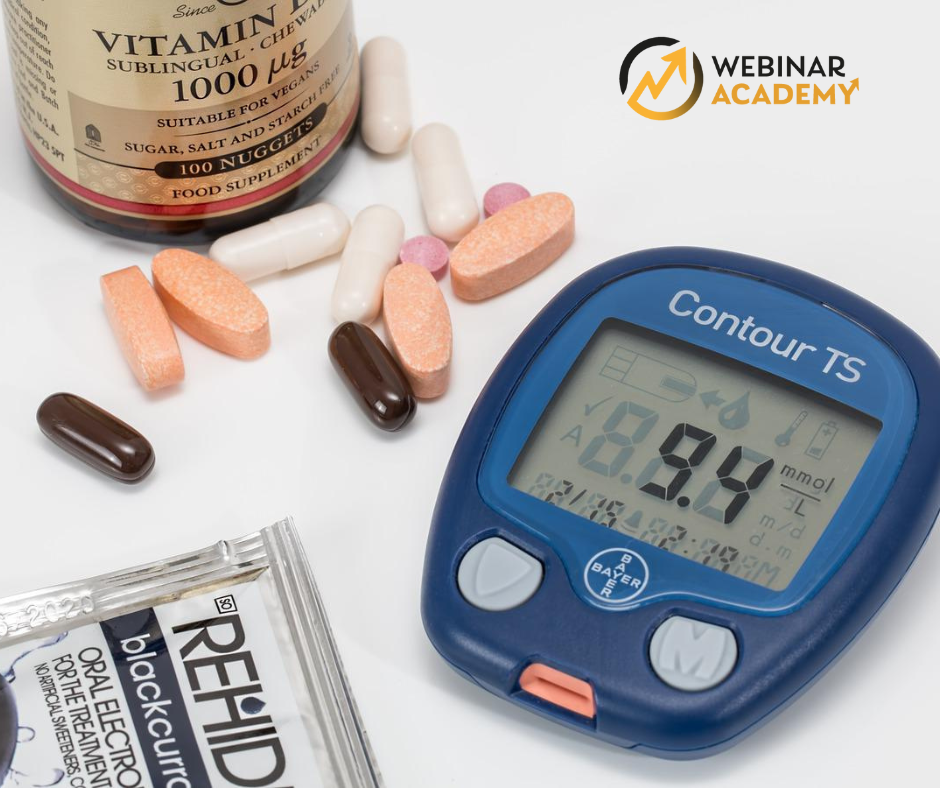Gender dysphoria - or what?
Gender dysphoria is a condition. in which a person feels strong discomfort or incongruence between their gender identity and their assigned biological sex. People experiencing gender dysphoria often feel that they were born in the wrong body and wish to live as the opposite sex. The disorder can lead to significant psychological distress, including depression, anxiety and suicidal thoughts.
Who am I... a man or a woman?
Gender dysphoria can affect the lives of those affected in a variety of ways. Many people experience strong emotional tension, anxiety and frustration related to perceived gender non-conformity. Everyday situations, such as using toilets, getting dressed or attending social events, can become a source of stress and discomfort. In addition, people experiencing gender dysphoria may encounter disapproval and misunderstanding from family, friends or the community, which can lead to isolation and loneliness. How do I talk to a person with gender dystrophy?
When talking to a person with gender dystrophy, it is important to show respect, empathy and understanding first and foremost.
• Try to use appropriate, gender-neutral terms and address the person according to his or her preferences to avoid offending or discomfort. • Avoid asking invasive questions about medical or private aspects unless the person initiates such a conversation themselves. • Be open and friendly, non-judgmental and listen carefully, allowing the person with gender dystrophy to feel comfortable during the conversation.

Gender dysphoria and its stages
The symptoms of gender dysphoria can vary depending on the age of the person and the stage of the disorder. In children, it may manifest as a reluctance to wear clothes typical of the assigned gender, a preference for toys and activities reserved for the opposite gender, or expressing a desire to be a boy or a girl. During adolescence, when hormonal growth and sexual maturation are occurring, gender dysphoria can become more intense, leading to stronger discomfort with the body and a sense of incompatibility.
In adults, symptoms may include a desire to change the body to conform to the perceived gender identity, or consideration of hormone therapy or surgery.
• Impact of sexual dystrophy on quality of life
People with gender dystrophy often struggle with feelings of difference and rejection, which can lead to reduced self-esteem, anxiety or depression. Appropriate psychological, medical and educational support is key to improving their quality of life, enabling them to lead fuller and more fulfilling lives despite adversity.
• Sexual dystrophy and psychological well-being
People experiencing gender dysphoria can face many challenges that affect their psychological wellbeing. Some of these challenges include:
a) Depression and anxiety: Discordance between gender identity and body can lead to feelings of sadness, powerlessness and anxiety. People with gender dysphoria are at higher risk of developing depression and anxiety disorders. b) Discrimination and stigma: People experiencing gender dysphoria may encounter negative social attitudes, discrimination and stigma because of their gender identity. This can lead to feelings of rejection, loneliness and loss of social support. c) Low self-esteem: Harassment, discrimination and lack of acceptance can lead to low self-esteem, which can affect a person's ability to make decisions and cope with difficult life situations. d) Self-harm and suicidal thoughts: people experiencing gender dysphoria are at higher risk of self-harm and suicidal thoughts than the general population. This may be due to feelings of helplessness, hopelessness and discord with their own bodies.

Deal with it, through ... methods of treating and managing dysfunction
Treatment for gender dysphoria should be individually tailored to each person's needs and may include a variety of methods. The cornerstone of therapy is psychological support, which can help with understanding one's gender identity, coping with stress and emotions, and developing healthy coping strategies to deal with difficult situations. In some cases, hormone therapy may be recommended as a way to reduce the discomfort associated with gender non-conformity. Hormones, such as oestrogen or testosterone, are used to induce sexual characteristics consistent with the perceived gender identity. Surgical procedures, such as mastectomy, hysterectomy or genital correction surgery, may be considered by some people who wish to align their bodies with their perceived gender identity. These decisions are often made after a lengthy process of consultation with professionals. In addition to methods of treatment, people experiencing gender dysphoria can benefit from community support, such as support groups or transgender advocacy organisations.
Additionally, knowledge can be enhanced through the Webinar Academy training platform. This training platform allows people to gain knowledge on a variety of issues, including gender identity disorders. The knowledge gained through online training will allow for a better understanding of people experiencing gender identity issues.
Gender dysphoria is a complex disorder that affects the lives of many people at different stages of their development. Understanding the symptoms, the process of gender maturation and the methods of treatment and support available can help individuals experiencing gender dysphoria, as well as their families and communities, to cope with this challenge and lead fuller, happier lives.
